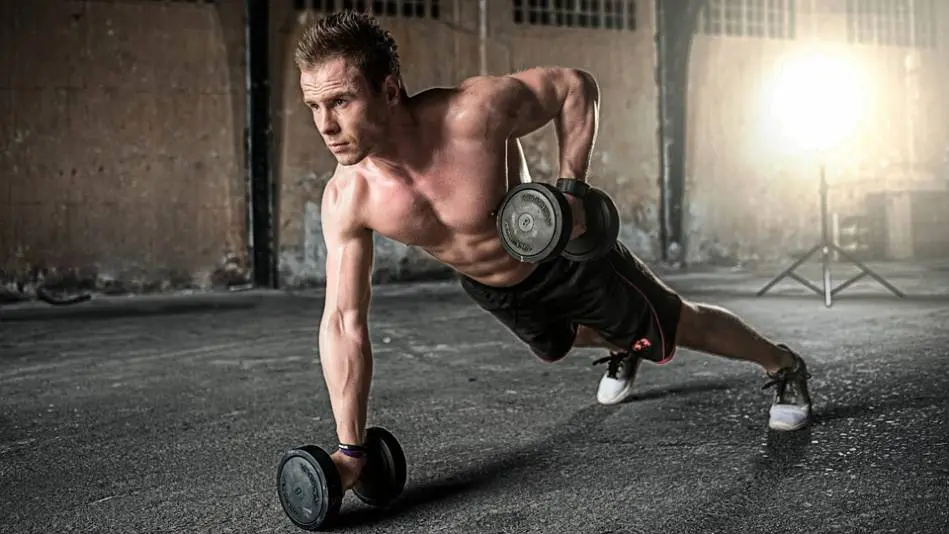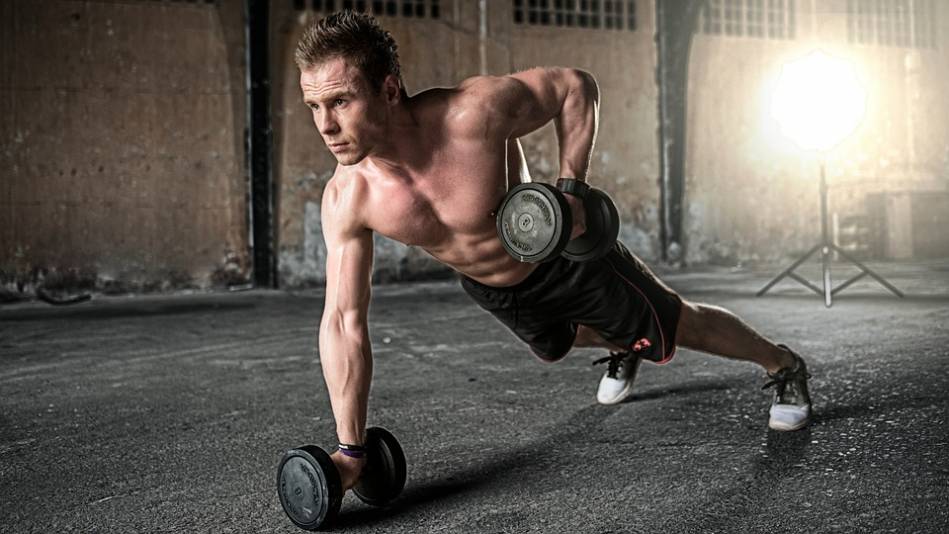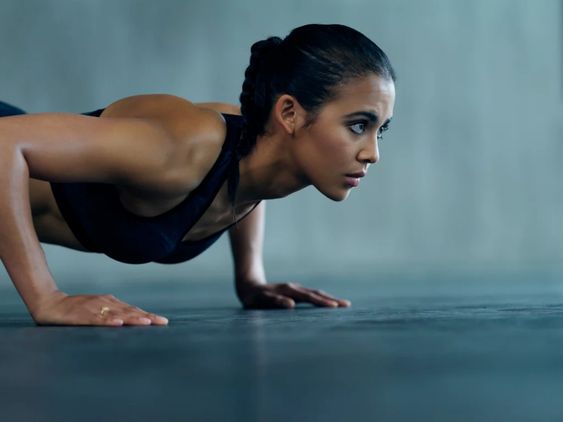
5 exercises for chest muscle training at home

Working out at home can be a good solution if you can’t or don’t want to go to the gym. You may not have time for it, or you may not want to spend money on gym fees; maybe you’re shy or you don’t want the company there, yet you want to train your pectoral muscles effectively. Although it is difficult to replace the load provided by machines with your own weight, your training can still be effective! In this article, you can learn the exercises you can use to replace gym chest training with a good workout at home!
THE 5 MOST EFFECTIVE CHEST MUSCLE EXERCISES FOR GYM AND HOME TRAINING
A little anatomy: the pectoral muscles
The pectoral muscles can be split in two types. The Pectoralis Major, or large pectoralis muscle, and Pectoralis Minor, meaning the small pectoral muscle.
Large pectoralis muscle: The muscle that covers your chest in a plate-like manner is located on both sides between the humerus, the collarbone, and the sternum. The sternum side originates from the sternum, accounting for 80% of the large pectoralis. Its job is to bring the lever closer to the centerline of the body and rotate the humerus. The clavicle part marks the upper part, originates on the clavicle, helping with arm lifts and higher arm work. You can train each part in a targeted way with different exercises. For example, the sternum part with pushing movements like bench press or dumbbell flyes, while the clavicle part can be trained with, for example, incline bench press.
Small pectoral muscle: It is a smaller, triangular muscle located below the large pectoral muscle, but also helps to stabilize the shoulder blade, as well as helping to breathe. It works with the large pectoral muscle, especially in bench press and inclined bench press, but it is also worked with straight arms pulldown during back workouts.
Chest muscle training is recommended once or twice a week. In the case of intense, heavyweight training, one workout may be sufficient. A regeneration time of 48 hours is required, so the exercises can be performed again after 3-4 days. For trainings with your own weight, hitting the chest muscle with two workouts a week is appropriate. It is advisable to work the pectoral muscles with several exercises and from several directions. At least 3-4 exercises are required for a thorough pectoral muscle workout.

The 5 Most Effective Chest Muscle Exercises For Home Workouts
Let’s see which gym exercises can be solved with what tools.
1. Bench press: Replace with push-ups
This exercise works the entire pectoral muscle. Try to do it with a narrow hand distance or a diamond hold, depending on what is more comfortable for you. Studies showed that a wider arm position activates the pectoralis muscle less and works the anterior deltoids more.
For starters, it is a good idea to place your knees on the ground so that the part of your body weight that needs to be pushed up is reduced. Pay close attention to a properly tight torso, a tilted pelvis, a head held in an extended line of the spine, and a firm hold of the shoulder blades. With the standard version approximately you move 60-70% of your body weight. Then you can make it harder by placing your hands in a narrower position, thereby moving 70-75% of your body weight. You can make the exercise even more difficult with a weight vest.
2. Inclined bench press: Replace with reverse grip push-ups
Look for a higher surface that you can lean on with the reverse grip, turning your hands down (palms at the edge of the surface and fingers hanging down). Your hands should be wider than shoulder width apart. It can also be the back of a sofa or a stable desk. As you place the support lower and lower, the exercise will be harder, but you can also make it harder with a weight vest. Research has found that it activates the upper chest muscles by 30% more than a normal catch. Mainly because there is more flexion in the shoulder joint, which engages the upper muscle fibers of the pectoralis muscles better in movement.
3. Dips:
With this exercise we target the lower part of the pectoral muscles. The essence of the exercise is to place your hands higher than the ground, using the back of a chair on each side of your body, or any stable elevated surface that is able to carry your weight. The arms should be holding the chairs and in a position perpendicular to the ground, with your legs hanging between the chairs. Keep your torso tight and bend your elbows to lower your body towards the ground. From the lower point, push your torso up to the starting position by stretching your pectoral muscles and of course the triceps. Later, you can make the exercises more difficult by adding weight with a vest.
4. Cable or dumbbell flyes: Replace with sliding or ‘towel’ flyes
On a floor with tile surface, get your body in a push-up position with a towel places underneath each arm. To begin the exercise, allow your body to lower itself in a push-up position by bending one elbow like a push-up while the other elbow is extending and sliding away laterally from the starting position. Then, press the arm of the bent elbow back up like in a traditional push-up, and slide your other arm back to the starting position too. Then repeat the movement with your arms switching roles. Beginners can start this exercise by putting their knees on the floor and moving the arms as describes before. More advanced people can do this exercise by extending both arms, sliding away from the torso laterally, and then sliding them back to the starting position.
5. Peck-deck: Replace with hip twisting push-ups
With normal push-ups it is difficult to strengthen the inside of the pectoralis muscle, as you cannot approach the arms to the sternum. However, it is possible to solve the task by placing a booster under one of your arms, like books for example, and twisting your torso in this direction while you do the exercise so that the sternum falls in line with your raised hand. In the stretching section of the exercise, when you push your torso back to the starting position, rotate your upper body in the direction of your raised hand. This way you can also activate your internal muscle fibers. As a beginner, do it in the knee support position, and as an advanced, pick up a weight vest.
Have a nice workout!